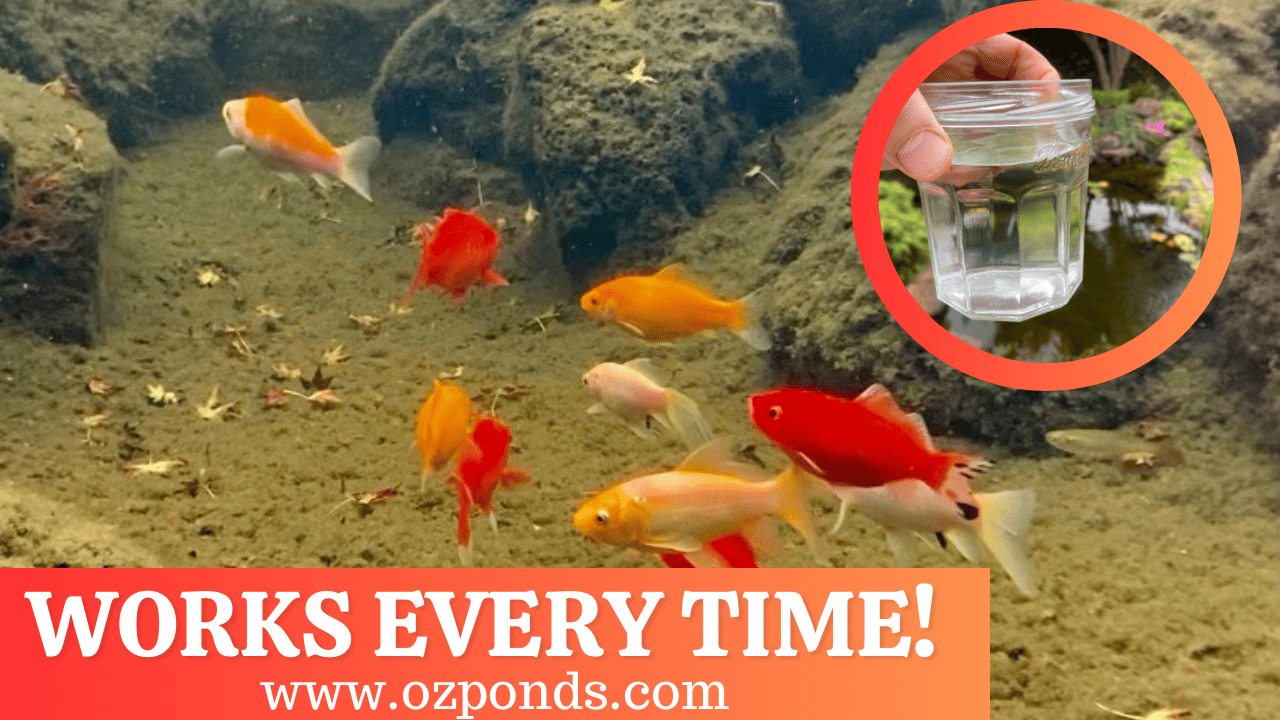Building and maintaining a garden pond can be a fulfilling endeavour. However, one crucial aspect that pond owners often overlook is the role of bacteria in keeping the water safe for fish and maintaining its crystal-clear appearance.
Understanding how bacteria function and how to optimise their presence can save you both money, time and stress. In this blog post, we will explore the importance of bacteria in pond ecosystems, how to cultivate them effectively, and various ways to create a self-sustaining and vibrant pond environment.
The Nitrogen Cycle and Bacteria
The nitrogen cycle is a vital process in maintaining a healthy pond. It involves the conversion of toxic ammonia, produced by fish through respiration and waste, into nitrite and then into less harmful nitrate.
This conversion is facilitated by two types of beneficial bacteria. The first group converts ammonia to nitrite, while the second group transforms nitrite into nitrate.
The Importance of Surface Area and Filtration
To support a thriving bacterial population, it is essential to provide adequate surface area within the pond for them to colonize. Rocks, pebbles, plants, and filter media are all surfaces where bacteria can thrive and contribute to water clarity.
Increasing the wet surface area allows for more efficient processing of ammonia and its byproducts, ensuring a healthier pond environment.
Establishing Bacterial Colonies
When building a new pond, bacterial colonies need time to establish themselves. During this period, the water may turn green due to the growth of single-celled algae, which helps consume the ammonia and nitrite produced. Once the bacterial colonies become established, the water will gradually clear up.
This process can be expedited by increasing the wet surface area through various filtration methods, I prefer DIY filters.
The Nitrogen Cycle and Fish Introduction
When introducing fish to a new pond, it is crucial to do so gradually. This allows the bacterial colonies to adapt and grow in response to the increased ammonia levels produced by the fish.
Monitoring the ammonia, nitrite, and nitrate levels through regular water testing (link to pond test kits on amazon) can help ensure a safe and stable environment for your fish.
Managing Seasonal Changes and Oxygen Zones
Seasonal changes, particularly drops in water temperature, can affect bacterial activity. As temperatures decrease, bacterial growth slows down or becomes dormant. While this is generally not a problem during winter when fish activity and ammonia production decrease, it can lead to a temporary imbalance in the nitrogen cycle during spring.
This imbalance can cause green water due to the proliferation of single-celled algae. Patience and allowing the bacteria to catch up are often the best course of action, but adding store-bought pond bacteria (amazon link) can help speed up the process.
The Role of Plants and Oxygen Zones
Plants play a significant role in maintaining water quality by consuming nitrogen compounds. They can assist bacteria in processing ammonia and nitrite, although they tend to absorb ammonia more efficiently than nitrate.
Incorporating diverse plant life within the pond creates different oxygen zones, including aerobic, anoxic, and anaerobic zones. Each zone harbors specific bacteria that contribute to the overall balance of the nitrogen cycle.
By diversifying the pond’s ecosystem, you can create a harmonious environment where plants, bacteria, and microorganisms work together to keep the water clear.
Maintaining Balance and Avoiding Overloading
Even with an efficient filtration system and a well-established bacterial population, it is crucial to avoid overloading the pond with excessive fish or overfeeding. High fish densities and excessive food can overwhelm the bacteria, leading to water quality issues and potential harm to the fish.
Regular observation and adjustments in fish population or feeding practices can help maintain a healthy balance.
In summary
Understanding the critical role of bacteria in garden pond ecosystems is vital for every pond owner. By providing sufficient surface area for bacteria to thrive, establishing a well-balanced nitrogen cycle, and incorporating plants and diverse oxygen zones, you can create a self-sustaining and visually stunning pond environment.
Remember to monitor water parameters, introduce fish gradually, and avoid overloading the system. With the right knowledge and approach, you can enjoy the beauty and tranquility of a crystal-clear garden pond without breaking the bank.

